Marie Curie: The First Female Pioneer of Physics
Marie Curie was an inspirational woman, who's legacy has paved the way for countless female scientists since her. Marie Curie's achievements and awards surpass many of the scientists of her era and she is most renowned for the discovery of Radium and Polonium [1]. From humble beginnings in poverty-stricken Poland she went on to become the first woman to receive a PhD in a scientific field in Europe [2], along with many other first-time-in-history accomplishments. Described by Einstein as 'the only person not corrupted by fame', throughout this article we will learn about her life and her countless contributions to science, including a cancer treatment which has been used to save millions of lives to this day [2].
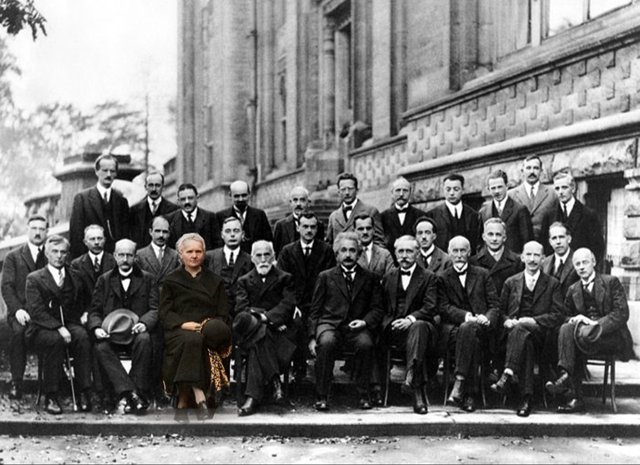
Curie's Personal Life
- Born 7th December 1867
- Married Pierre Curie, a French Physicist with whom she shared her 1903 Nobel Prize with
- Gave birth to two children, Irène and Ève Curie
- Died 4th July 1934 at the age of 66
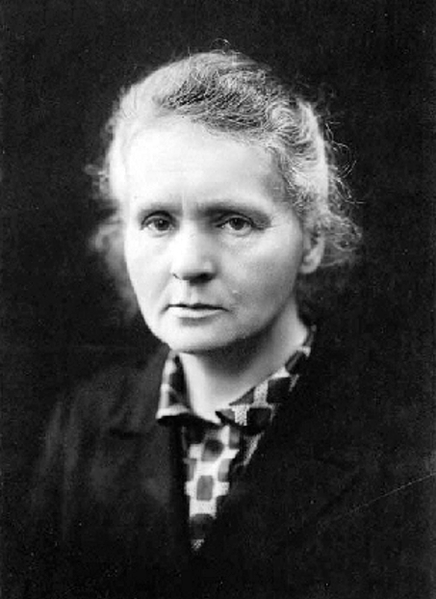
A girl with determination to overcome any hurdle
Thankfully, Being the daughter of two renowned teachers, Marie Curie's parents ensured that their daughter was educated along with her brothers, which was against tradition at the time. Her father, in particular, inspired Curie's ardour for science; being a teacher of Maths and Physics, he would bring home lab apparatus for Marie to 'play' with.
Despite this, Curie had a challenging upbringing, growing up in the era of Poland fighting for independence from the Russian Empire brought her many obstacles that hindered her education but luckily, she persevered. Her parents both fought for The Polish national uprising and as a result, the family lost much of their affluence and were forced into lower paying jobs. In addition, both Marie's mother and sister died by the time Marie was ten; causing her to lose faith in Catholicism and become agnostic.
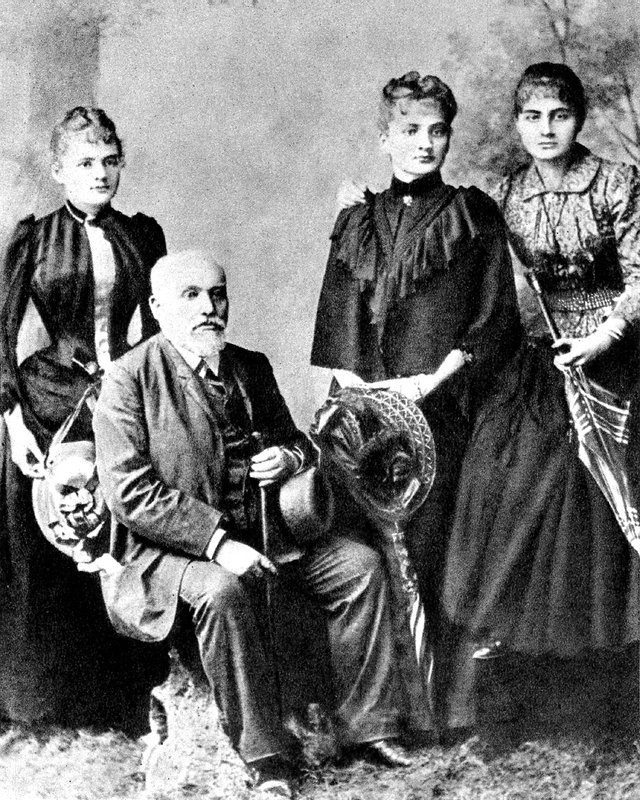
Marie and her sister, named Bronia, were both denied admittance to the men only University of Warsaw. Undeterred by this, they both attended The Sorbonne in Paris, with Marie joining her sister a few years later having become a Governess in Poland in order to fund both their studies. Reportedly living off bread and tea throughout her degree, Marie struggled financially, living in a 'drafty garret apartment' - student loans had not been introduced in the 1800s! Despite her arduous struggle, she was awarded a Master's degree in Physics, in 1893, coming top in the class. Things were starting to look up for Marie at this turning point in her life and her true potential was recognized by Women's education advocates who encouraged and paid for her to do another degree in Mathematics [3].
Lab and Love partner
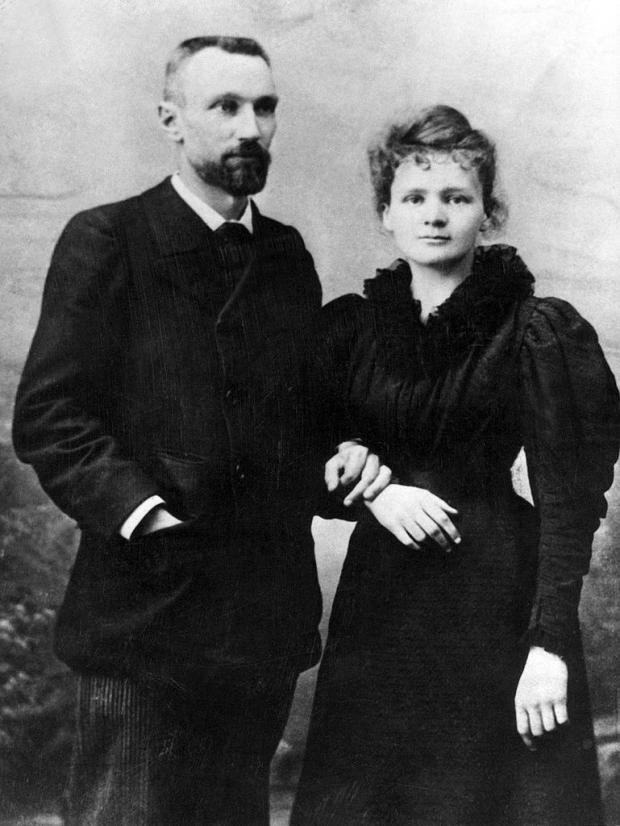
Upon completing her degrees, Marie continued research in Paris and met her husband-to-be whilst organizing her lab space. Pierre Curie, shared Marie's fervour for science and they connected instantly, sharing lab equipment and encouraging each other's research. However, Marie was a career driven woman and when he first proposed she rejected him, maintaining that she wanted to return to Poland to carry out a PhD. However, upon returning, she discovered that she would still not be accepted by any Polish Universities, despite her remarkable grades, simply because she was a woman. As a result, she decided to move back to Paris and marry Pierre. Pierre immediately abandoned his own research and began supporting Marie's fascination with X-rays and they embarked upon research which would eventually win them a Nobel Prize [4]. It has been said that Pierre's 'greatest discovery' was Marie and they're work together was revolutionary.
Nobel Prize(s)
Marie Curie was the first woman to win a Nobel Prize, the first person to win two Nobel Prizes and was part of the only mother-daughter pair to win the prize, as her daughter also won the award.
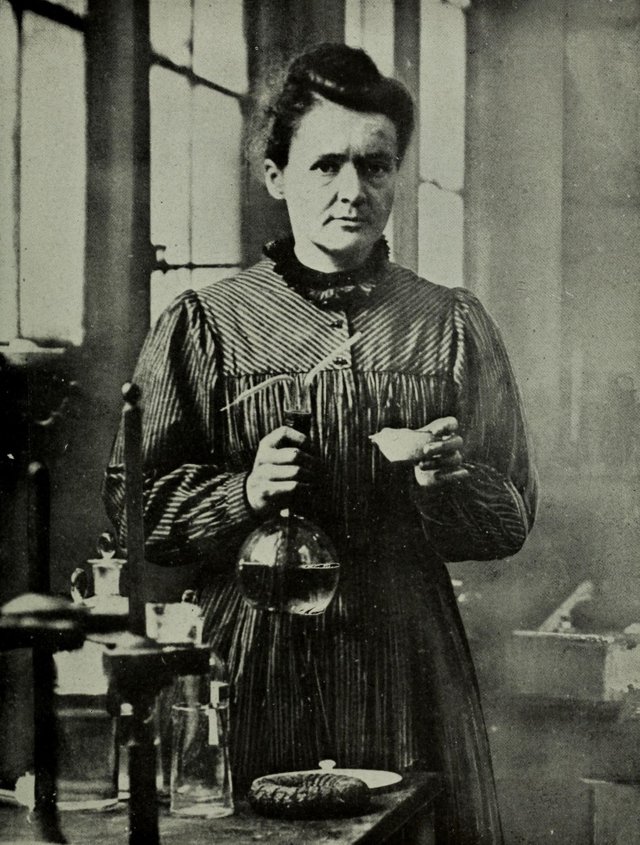
After giving birth to her first daughter, Irene, in 1897, Maria began to search for a topic for her PhD research. Just two years earlier, Wilhelm Roentgen discovered the phenomena of X-Rays and Henry Becquerel identified Uranium salts emit a ray resembling those discovered by Roentgen, called the 'Becquerel ray'. These groundbreaking discoveries inspired Marie to choose Uranium rays as the topic of her research and utilising their discoveries she would go on to discover and explain what the two men had observed.
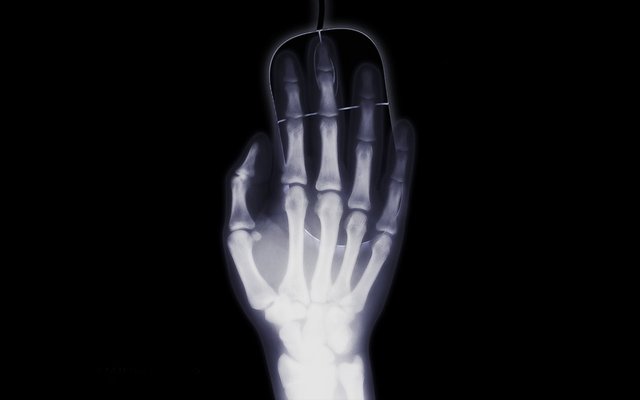
Marie pioneered a new method of investigating these Uranium rays, using an electrometer built by her husband, she measured weak electrical currents in the air caused by the rays emitted by the Uranium. She also discovered that treating the Uranium in various ways had no effect on the intensity of the rays; she deduced that the only factor that effects the rays is a higher concentration of Uranium in an ore resulting in higher intensity rays. These findings lead her to the radical conclusion that the source of this 'radiation' (a term which she invented) was some inherent property of the Uranium atom, not the interactions of the atoms [5]. This profound suggestion disagreed with accepted scientific theory of the time as it suggests that the atom is constituted of other components, namely: subatomic particles.
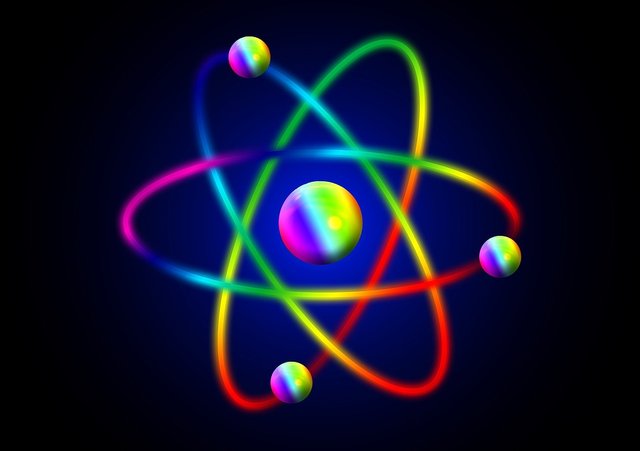
Continuing from these findings, Marie found two more naturally occurring ores; chalcolite and pitchblende, which also emitted radiation. These ores were significantly more radioactive than pure uranium and when tested it was discovered that they contained no Uranium; so, what was causing this radiation? The answer to this question required the generosity of the Austrian government, who donated tonnes of ore to the Curies, who themselves were forced to conduct research in a shed as their lab was too small! The pair slowly dissected the ores, detecting different elements as they went along. By 1902 they discovered two new radioactive elements which were the source of the rays: Polonium and Radium [3].
For these findings they were jointly awarded the Nobel Prize in Physics in 1903 and in 1911 she was solely awarded the Nobel Prize in Chemistry.
More contributions to science
- As with many other of the scientists present at the Solvay conference, Marie contributed towards the war effort in World War One using her research in radioactivity. She invented 'petites Curies' - mobile x-ray machines which were used to treat approximately 1 million soldiers throughout the war [2]. (In addition, when the war began she selflessly donated all her awards to the French army, including her Nobel Prizes, but these were returned to her as they were deemed too precious to be melted for bullets [6].)
- During her work with Pierre, they discovered the possibility that radium could be used to kill cancer cells. After the war she devoted much of her time and money to radiology units to raise money for this research. As a result, the Marie Curie charity is named after her.
Summary
Marie Curie lead a remarkable life and her devotion to her work and humble character undeniably changed the lives of people across the globe. However, her tale ends in a devastating twist; Marie died of pernicious anemia due to the radiation which fuelled her life but eventually killed her. She did not have the best start in life but all the set backs and hardships made her thirst to succeed even more desirable to her. Her legacy to physics is impressive but her legacy to female scientists is even more incredible. Her footsteps have marked the path for women to follow to this day and it is for this that she will be remembered forever.
Please note that images used in this article have been labelled as re-usable on Google images. If any artists or designers have any issues with the content used, don't hesitate to contact me to correct the issue.
References
[1] https://www.mariecurie.org.uk/who/our-history/marie-curie-the-scientist
[2] https://futurism.com/marie-curie-female-nobel-prize-winner-mother-modern-physics/
[3] https://www.livescience.com/38907-marie-curie-facts-biography.html
[4] https://www.nobelprize.org/nobel_prizes/themes/physics/curie/
[5] https://www.biography.com/people/marie-curie-9263538
[6] https://en.wikipedia.org/wiki/Marie_Curie
Being A SteemStem Member
Wow!
She donated her nobel prizes to be used for bullets!😨
That's amazing!
Truly she was not corrupted by fame! Einstein was sooo right!
Great work ma'am
Enjoyed every bit of it!
She was a truly remarkable woman! Glad you enjoyed :)
On this international women's day, there are few women who have contributed more to the sciences with such selflessness as Marie Curie. Her contributions to science were not part of the curriculum of my high school education and it wasn't until I was in college that I was made aware of her work. We are all greatly in debt to her for these efforts. Thank you for making this article available for today.
Thankyou so much! I will be doing another article on Women's contributions to science so keep posted! :)
What a family! Amazing. Her daughter, Irene, went on to share a Nobel Prize in chemistry with her husband too. Talk about contribution to science and to the world.
How incredible!? A dedicated and intelligent family!
Her husband was a truly remarkable partner. Initially the Nobel committee wanted to award only him, and it was only after his protestations that they awarded both. Had she married a different man, it's possible she would have forever lived in his shadow and never been able to express her gifts, or express them but not get credit for them.